How to Code Urgent Care Visits with POS 20?
- October 10, 2025
- 0 Comments
- Medical Coding
Accurate coding is the foundation of successful medical billing, and one of the most important yet often misunderstood elements is the Place of Service (POS) code. These codes indicate the physical location where a service was provided and directly influence how payers process and reimburse claims.
Among the various POS codes, POS 20, which identifies services rendered at an Urgent Care Facility, is frequently misused. This confusion can lead to denied claims, underpayments, and compliance risks, especially when the setting is inaccurately classified.
This article provides a clear and comprehensive overview of how to properly code urgent care visits using POS 20. It outlines the correct usage, common errors to avoid, documentation requirements, and submission best practices, helping billing teams ensure cleaner claims and maximize reimbursement accuracy.
What Is POS 20 (Urgent Care Facility)?
POS 20 is the Place of Service code used to report services delivered at a certified Urgent Care Facility. According to the Centers for Medicare & Medicaid Services (CMS), this code refers to:
“A location, distinct from a hospital emergency room, an office, or a clinic, whose purpose is to diagnose and treat illness or injury for unscheduled, ambulatory patients seeking immediate medical attention.”
In simpler terms, POS 20 is used when a patient walks into a licensed urgent care center without an appointment, seeking treatment for non-life-threatening conditions such as infections, minor injuries, or flu-like symptoms. These facilities operate independently from hospital emergency departments or outpatient clinics and are designed to provide immediate, same-day care.
It’s important to understand that POS 20 is not interchangeable with other outpatient codes, such as POS 11 (Office), POS 22 (Hospital Outpatient), or POS 23 (Emergency Room). Each POS code carries different reimbursement implications and is tied to specific facility types. Using the wrong POS can trigger claim denials, reduced payments, or even audit flags.
Billing professionals must ensure that the service location truly qualifies as an urgent care facility and that the documentation and credentials support the use of POS 20.
When to Use POS 20?
Correctly identifying and applying POS 20 is essential for accurate reimbursement and billing compliance. This code is specifically intended for services rendered in a certified urgent care facility that operates independently from hospitals or private physician offices.
Use POS 20 When:
- The patient is treated at a licensed urgent care center that is not affiliated with a hospital or hospital outpatient department
- The visit is unscheduled, and the patient walks in for immediate medical attention
- The condition is acute but not life-threatening, such as sprains, infections, minor cuts, or flu symptoms
- The services are provided on the same day, and the patient is not admitted or held overnight
- The facility operates under a distinct urgent care license and meets payer criteria for urgent care classification
Do Not Use POS 20 When:
- The patient is seen in a hospital emergency room - use POS 23
- The facility is part of a hospital outpatient department or campus - use POS 22
- The visit occurs in a private physician’s office or group practice - use POS 11
- The patient receives inpatient care or is admitted - use POS 21
Accurate POS assignment is critical for proper claim adjudication and compliance with payer-specific guidelines. Misclassifying the place of service can lead to claim denials, incorrect reimbursements, and potential compliance risks. To avoid these issues, it is vital to establish reliable intake procedures and patient registration workflows that consistently capture and verify the correct service location before the claim is submitted.
How to Submit a Claim Step-by-Step with POS 20?
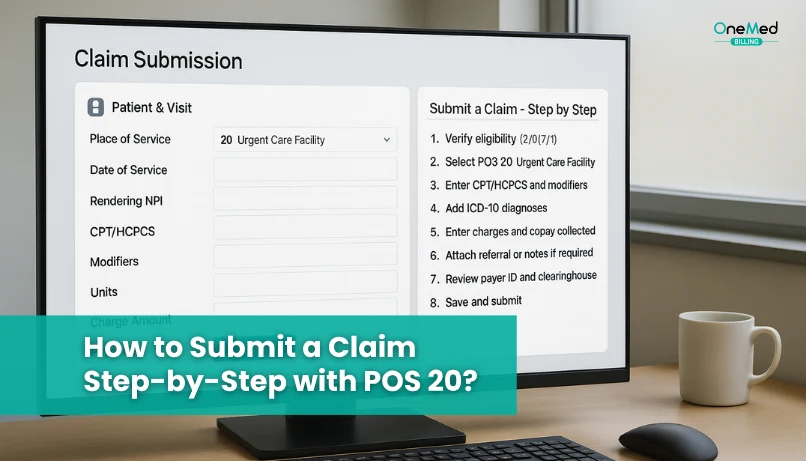
Submitting a clean and accurate claim with POS 20 requires attention to detail at each step of the billing process. Following a standardized workflow can help reduce errors, avoid delays, and ensure compliance with payer requirements.
1. Confirm the Service Location
Verify that the services were provided in a qualified urgent care facility that is not affiliated with a hospital. This is critical to justify the use of POS 20.
2. Select the Appropriate CPT or HCPCS Code
Choose the correct Evaluation and Management (E/M) or procedural code based on the documentation. The code must accurately reflect the level of service provided during the visit.
3. Assign POS 20
Enter POS 20 in Box 24B of the CMS-1500 form or in loop CLM05 if submitting electronically via an 837P claim file. This indicates that the service was rendered at an urgent care facility.
4. Check for Modifiers
Include any required modifiers based on the services provided. For example, use modifier 25 when billing an E/M service along with a separately identifiable procedure on the same day.
5. Review Payer-Specific Rules
Each payer may have unique requirements related to POS 20. Confirm whether the payer recognizes urgent care as a distinct setting and whether any additional documentation or rules apply.
6. Monitor and Manage Denials
After submission, track claims to identify any denials related to POS mismatches or setting errors. Address issues promptly through rework or appeal as needed to protect reimbursement.
Example: Correct Use of POS 20
Scenario:
A patient presents to an independently operated urgent care center with complaints of a sore throat and fever. The provider performs a focused physical examination, administers a rapid strep test, and determines that the patient has a bacterial infection. Antibiotics are prescribed, and follow-up instructions are provided.
• CPT Code: 99213
• Place of Service (POS): 20
• Modifiers: None required, unless an additional procedure was performed during the visit
In this case, the services were delivered in a non-hospital, same-day urgent care setting, and the clinical documentation supports a level 3 E/M code. Because all criteria are met and the location is classified correctly, POS 20 is appropriate. When submitted properly, the claim should be processed without issue and reimbursed at the correct rate.
Conclusion
Proper use of POS 20 is essential for accurate billing and successful reimbursement when services are provided in an urgent care setting. Coders and billing teams must clearly understand what qualifies as an urgent care facility, distinguish it from other outpatient service locations, and ensure that CPT codes are fully supported by clinical documentation.
Applying POS 20 correctly not only ensures payer compliance but also reduces the risk of claim denials, underpayments, and audit exposure. Consistent staff training, periodic coding reviews, and strong internal workflows play a critical role in maintaining billing accuracy and revenue integrity.
Frequently Asked Questions
Find quick answers to common questions about this topic, explained simply and clearly.
What is a POS 20?
POS 20 means Urgent Care Facility. Use it when the patient is treated at a true urgent care center.
What is the difference between POS 20 and 23?
POS 20 is an urgent care. POS 23 is a hospital emergency room. Urgent care handles non-life-threatening issues. ER handles emergencies.
What are POS codes?
Two-digit codes that show where a service happened, such as office, urgent care, or ER. They go on claims and can affect payment. Defined by CMS.
When to bill 99213 vs 99214?
For established patients, use 99213 when MDM is low or the total time is 20-29 minutes. Use 99214 when MDM is moderate or the total time is 30-39 minutes. Documentation must support the level.

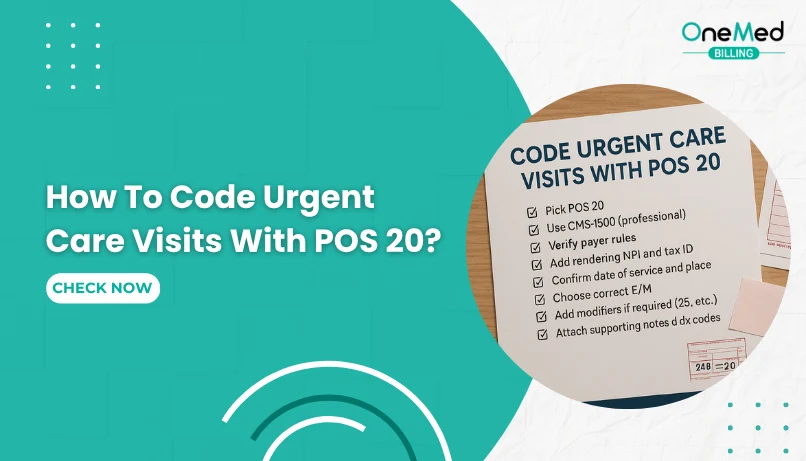
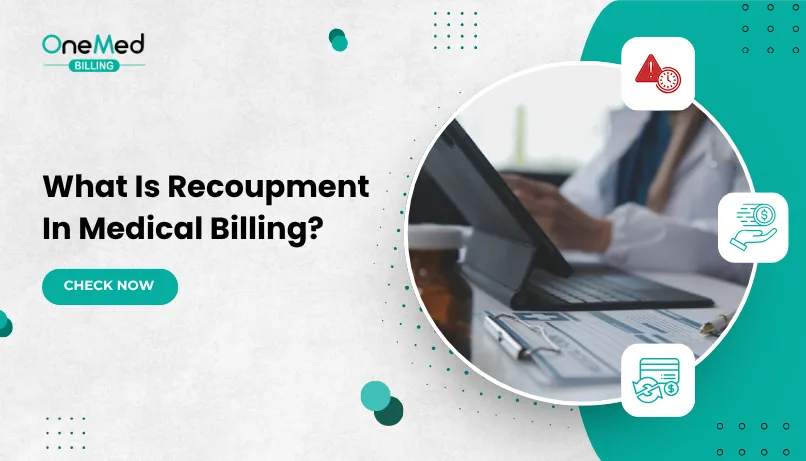
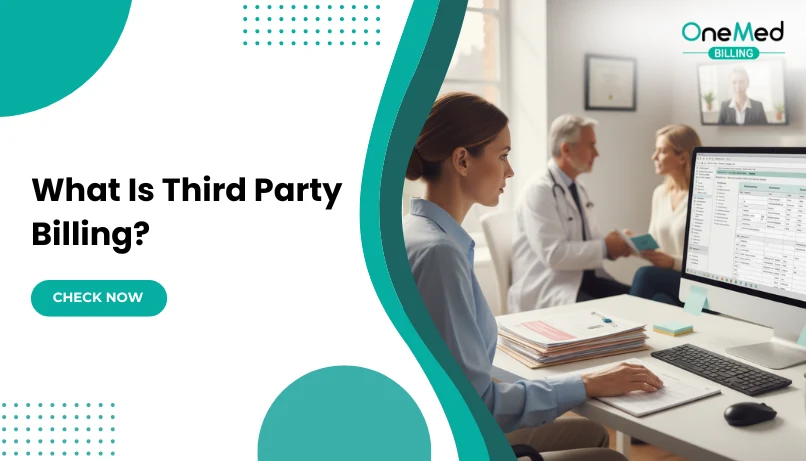
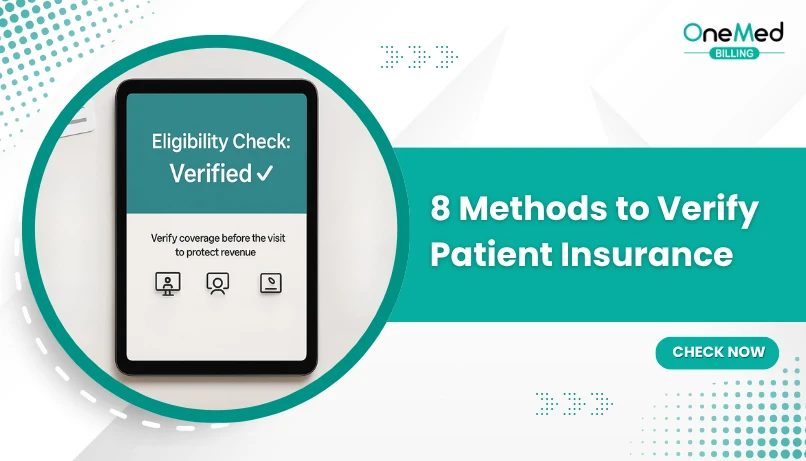
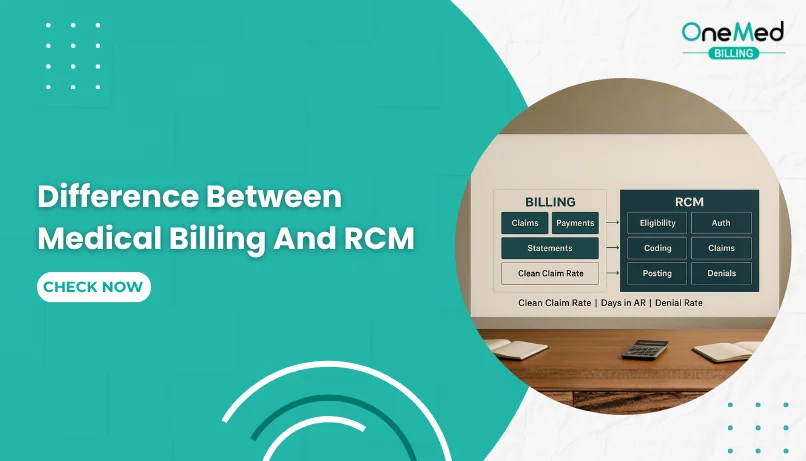
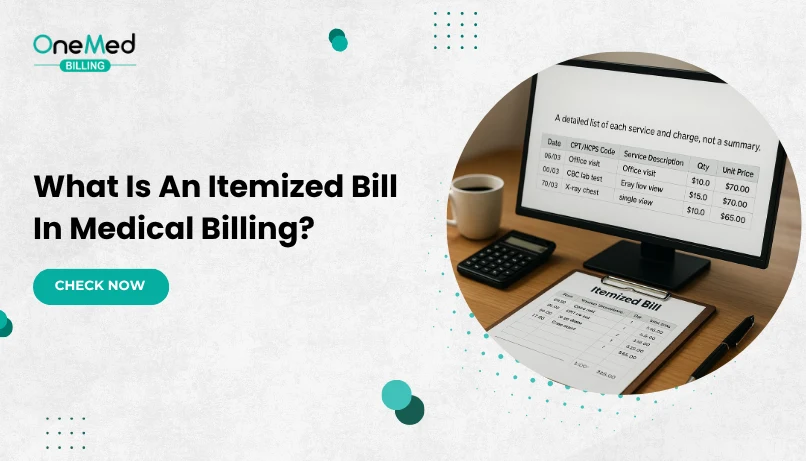
Comments (0)